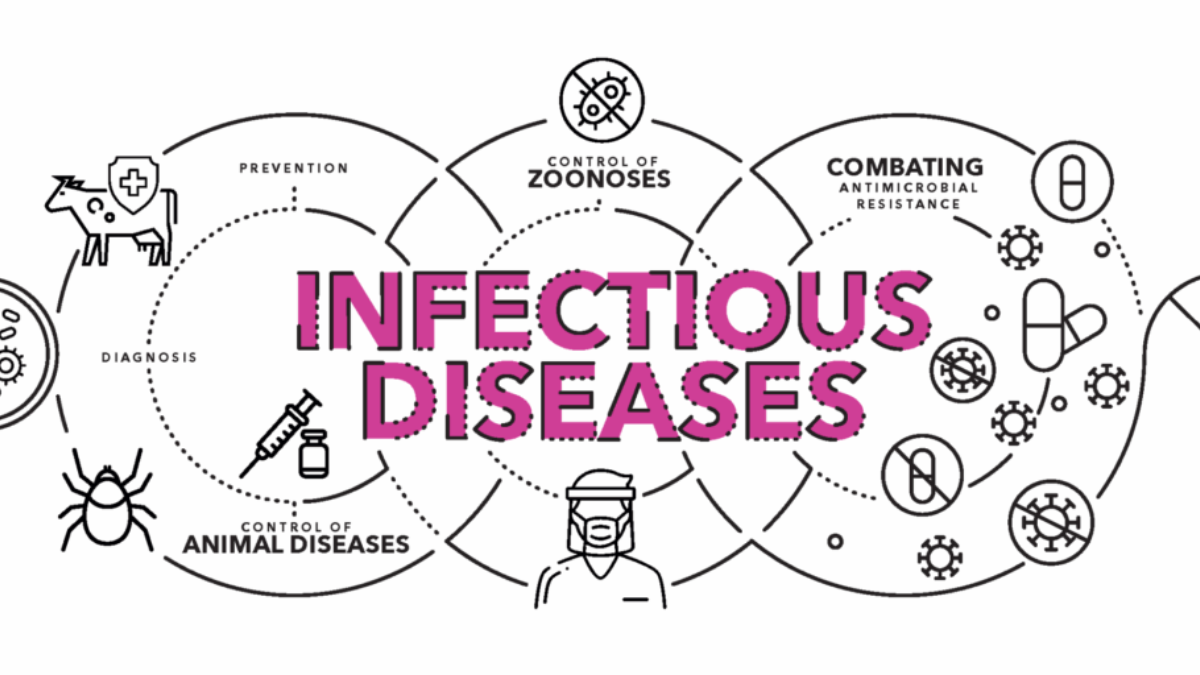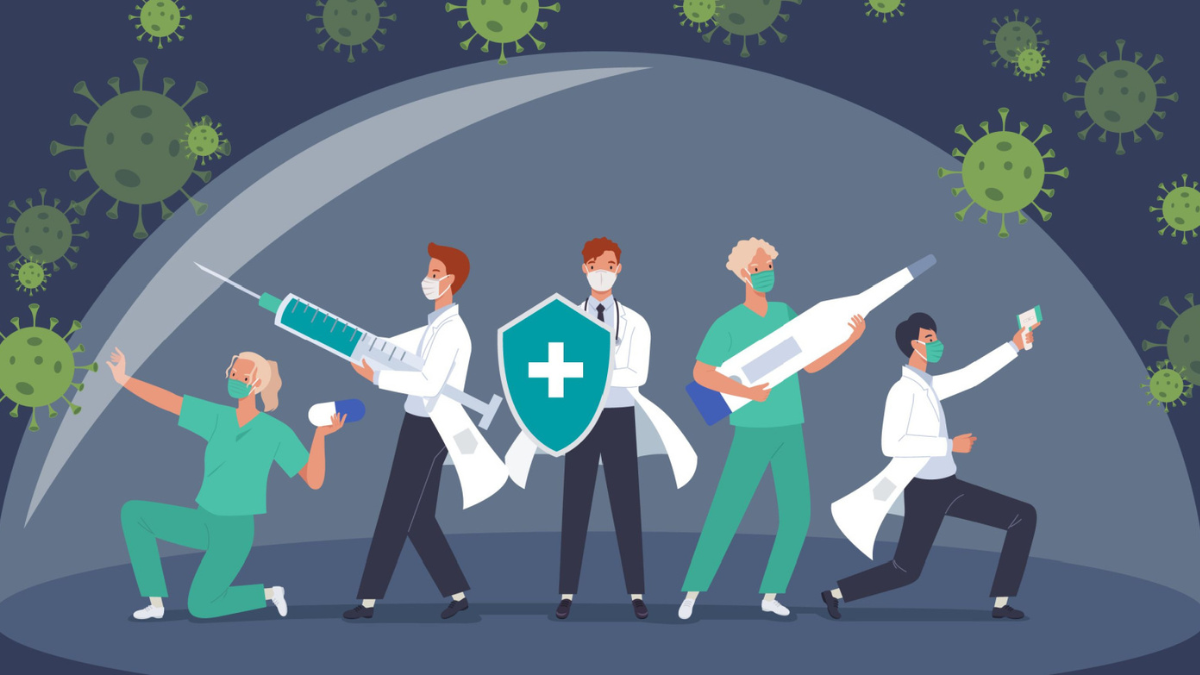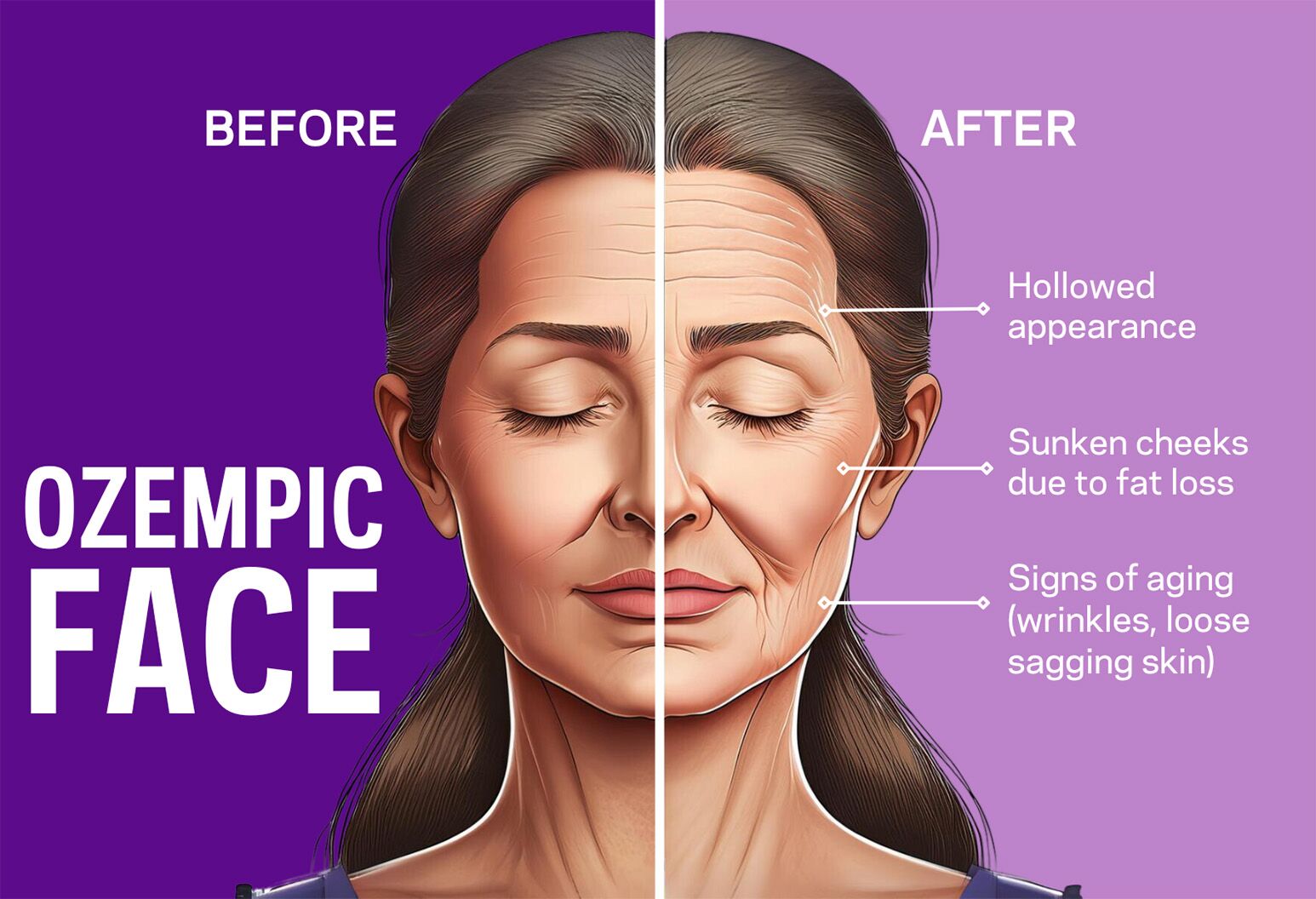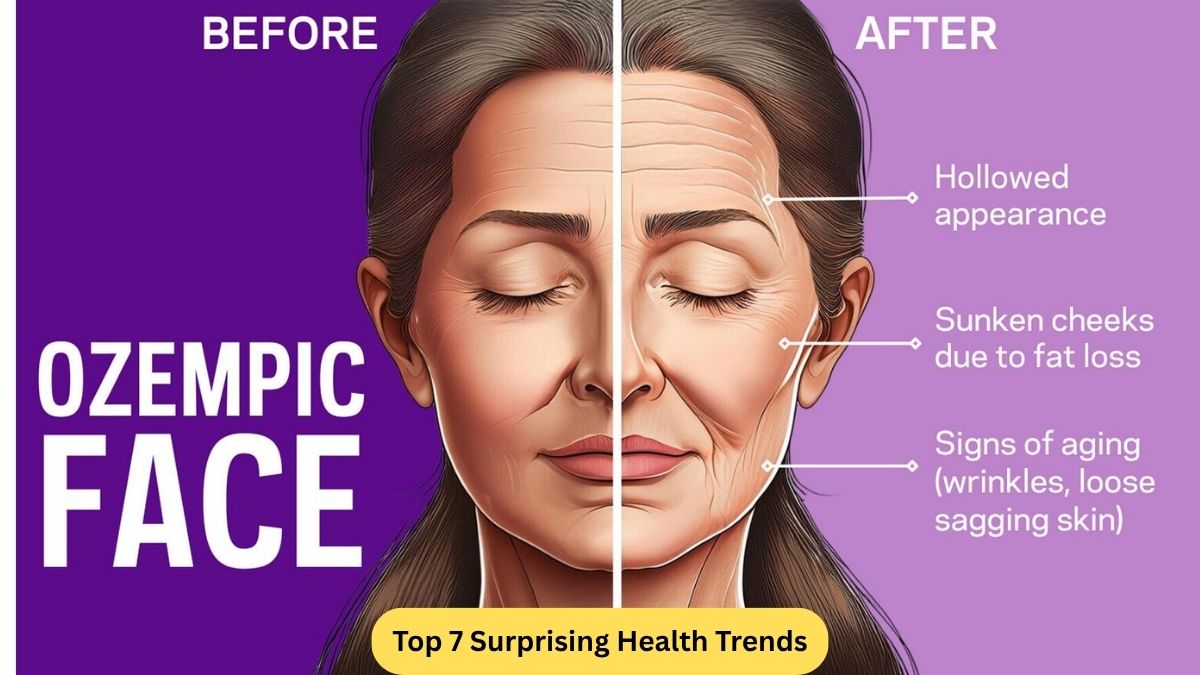Endemic :In 2025, endemic infectious diseases continue to pose a serious global health challenge. These diseases — such as malaria, dengue fever, measles, and tuberculosis — don’t make global headlines every day, but they silently affect millions of lives. The good news? The world is better equipped than ever to fight back, with improved healthcare access, stronger surveillance systems, community-based solutions, and technological breakthroughs leading the charge.
This is a story not of despair, but of determination.
What Are Endemic Infectious Diseases?
An endemic disease is one that is consistently present in a particular geographic area or population. Unlike pandemics, which spread across countries and continents, endemic diseases quietly persist over time, often in regions with limited healthcare infrastructure or climate-driven vulnerabilities.
Some examples of endemic diseases in 2025 include:
- Malaria in Sub-Saharan Africa and parts of Southeast Asia
- Dengue fever in tropical and subtropical regions
- Measles, re-emerging in parts of North America and Europe
- Tuberculosis (TB), especially in low-income urban areas
- Mpox in parts of Central and West Africa
Each of these diseases comes with its own set of challenges — from drug resistance to climate sensitivity — but all share one common trait: they are largely preventable or manageable with the right approach.
The Rising Threats in 2025

This year has brought renewed attention to the increasing risks posed by endemic infections:
- Dengue fever has surged across the Pacific Islands, with countries like Samoa and Fiji reporting record-breaking numbers due to changing climate patterns and increased mosquito breeding conditions.
- In the United States, measles is at risk of becoming endemic again after years of being under control. This resurgence is driven by declining vaccination rates and misinformation.
- Chikungunya and oropouche virus, once confined to tropical climates, are now being detected in temperate zones of Europe and North America, likely due to climate change and global travel.
- Malaria outbreaks in regions like the Democratic Republic of the Congo are intensifying, with localized surges in mortality tied to weakened health systems and flooding.
- Antimicrobial resistance (AMR) is quietly turning treatable infections into life-threatening illnesses, affecting millions globally and complicating the treatment of diseases like TB and pneumonia.
Why These Diseases Persist
Endemic diseases flourish in areas with:
- Limited access to vaccines or medicines
- Weak public health infrastructure
- Misinformation or vaccine hesitancy
- Climate-related environmental changes
- Inadequate sanitation or clean water access
But while these challenges are significant, they are not insurmountable.
The Positive Shift: Solutions Making a Difference
Despite the threats, 2025 is also a year of remarkable progress in combating endemic diseases.
1. Renewed Vaccination Campaigns
Governments and global health organizations are focusing on restoring routine immunization programs, especially after disruptions during the COVID-19 pandemic. Even a modest increase in measles vaccination rates can prevent millions of future cases and deaths.
2. AI and Early Detection
Artificial intelligence is helping track and predict outbreaks of diseases like dengue and tuberculosis. AI-powered systems are being used to analyze trends, climate data, and travel patterns to anticipate disease hotspots before they escalate.
3. Mosquito-Borne Disease Guidelines
Health agencies have launched updated clinical guidelines for treating mosquito-borne diseases like dengue, Zika, chikungunya, and yellow fever. These standardized protocols are helping frontline health workers provide safer and more effective care, especially in remote or under-resourced areas.
4. Community-Based Health Interventions
In rural and underserved communities, trained health workers are educating families, distributing bed nets, and monitoring symptoms early. These grassroots efforts are proving incredibly effective in places like Sub-Saharan Africa and Southeast Asia.
5. Global Commitments to End Neglected Diseases
Through international declarations and funding agreements, over a billion people are now receiving regular treatment for neglected tropical diseases. This includes expanded access to medications, improved water and sanitation projects, and education on disease prevention.
6. Fighting Antimicrobial Resistance
Countries are scaling up monitoring systems, regulating antibiotic use, and encouraging research into new drugs. AMR is now viewed not only as a medical issue, but a development and security threat — and the global response is beginning to reflect that urgency.
Looking Ahead: Turning the Tide on Endemic Diseases
While endemic diseases may never be fully eradicated, they can absolutely be controlled and prevented. What’s needed is a continued investment in health systems, community leadership, climate resilience, and global cooperation.
The outlook for 2025 is not bleak—it’s determined and proactive. Every vaccine delivered, every mosquito net distributed, and every disease tracked early makes a difference. The global health community is more connected, informed, and prepared than ever before.
Endemic doesn’t have to mean inevitable.













